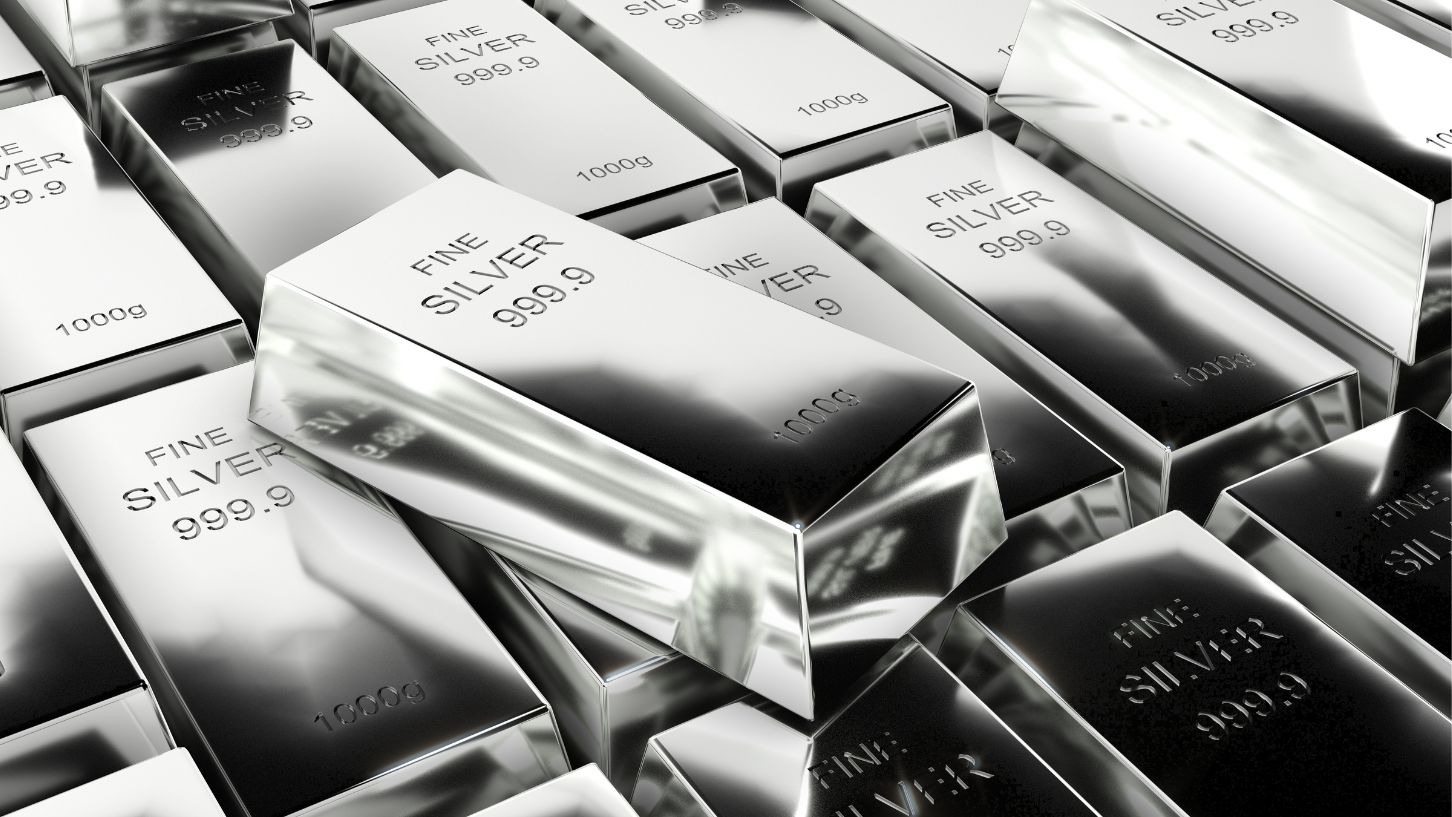When people read “Silver ETF premiums are soaring,” they immediately sense something unusual is happening in the market. In recent months, silver ETFs have gained huge popularity. Many investors, driven by fear of missing out (FOMO), are pouring money into them. But behind this craze, experts are sounding warnings about possible imbalances and risks. In this post, I will walk you through what’s going on — in plain language — with examples, so you can understand and make more informed decisions.
What does “Silver ETF premiums are soaring” really mean?
Let’s break it down. An ETF (exchange-traded fund) is like a basket of assets that trades on stock exchanges, similar to a stock. A “silver ETF” is an ETF whose value is tied to silver — often held via actual physical silver or silver contracts. Normally, the price of the ETF tracks closely with the underlying asset (in this case, silver). But when demand is extremely high, the ETF price can trade above its net asset value (NAV). That extra amount is called the “premium.”
So, “Silver ETF premiums are soaring” means that many of these silver ETFs are currently trading well above the value of the silver they hold. Investors are paying more than what the silver is “actually worth” in the ETF. This indicates a surge in demand — or perhaps an imbalance in supply versus investor appetite.
As an example, imagine the silver held in an ETF is worth ₹100 per unit, but the ETF is trading at ₹110 because many buyers are trying to get in. That extra ₹10 is the premium. When premiums go very high, it can mean trouble.
Why are investors chasing the silver shine?
Why are people suddenly so excited about silver ETFs? There are several reasons, which we can explain simply with examples and everyday analogies:
-
Hype and sentiment
Much like how when a new gadget becomes viral, everyone wants it — silver has had a strong run recently. Metal prices have rallied, and many believe—or hope—that silver will continue to rise. This fear of missing out compels more investors to jump in quickly, even paying higher premiums. -
Safe-haven appeal
In uncertain economic times, people often look for assets like gold or silver as a hedge (a safeguard) against inflation or currency weakness. Silver has both industrial and precious metal demand, which gives it a dual appeal. -
Limited supply / logistical constraints
There is only so much physical silver available to be stored, delivered, or held in ETFs. If many investors want to buy at once, the process of procuring additional silver to back the ETFs becomes harder or expensive. That scarcity pushes the premium up.
To illustrate: imagine a bookstore has only 100 copies of a rare book, but 200 people want it. The store may raise the price for those who still want the book — that extra markup is analogous to the premium in ETFs when supply is tight but demand is high.
Kotak’s warning: raising red flags amid the mania
Kotak, a reputable financial institution, is among those raising alarms about how far this silver ETF mania has gone. Their concerns include:
-
The disconnect between NAV and market price: When ETFs trade at high premiums over NAV, it means the market is being driven by investor sentiment, possibly detached from fundamentals.
-
Sustainability of the rally: If demand cools, or if silver prices pause or drop, the premium could snap back, causing losses for those who paid a high price.
-
Liquidity and redemption risks: In extreme cases, if many investors try to exit at once, the ETF might struggle to deliver the underlying metal or unwind positions smoothly.
These red flags are reminders that even in exciting times, markets can turn quickly. Just because something is popular does not mean it’s safe.
What should a cautious investor do?
If you are reading this because you want to invest wisely and not fall prey to hype, here are some practical ideas (with illustrative examples):
-
Look at the NAV vs market price
Before buying a silver ETF, check how far above NAV it is trading. If the premium is modest or non-existent, the risk is lower. If the premium is excessively high (say 10-20% or more), then you are buying overpaying for sentiment. -
Buy in stages / average in
Rather than entering fully at once, invest in small portions so that if the premium calms down, you don’t suffer a big immediate loss. For example, instead of investing ₹1 lakh today, split it into two or three parts over weeks. -
Use it as part of a balanced portfolio
Don’t put all your money in silver. Balance with stocks, bonds, cash, or other assets. If silver falls, you still have cushioning elsewhere. -
Monitor exit opportunities
Plan when you might exit. If the premium narrows, or if silver price stalls, it could be wise to sell instead of holding blindly hoping for further gains. -
Understand the costs and logistics
Some ETFs might charge high storage, insurance or transaction costs. These can eat into gains. Also, not all funds may be able to deliver physical silver rapidly if many investors demand redemption.
Final thoughts: the shine is tempting, but tread wisely
“Silver ETF premiums are soaring” captures the excitement and risk of this moment. Many are chasing silver, driving prices above fundamentals. But as Kotak warns, such exuberance can carry dangers: premium blowbacks, liquidity stress, and investor losses.
By understanding how premiums work, watching the gap between market price and NAV, investing cautiously, and maintaining diversity, you can participate without being overly exposed to the downside.



